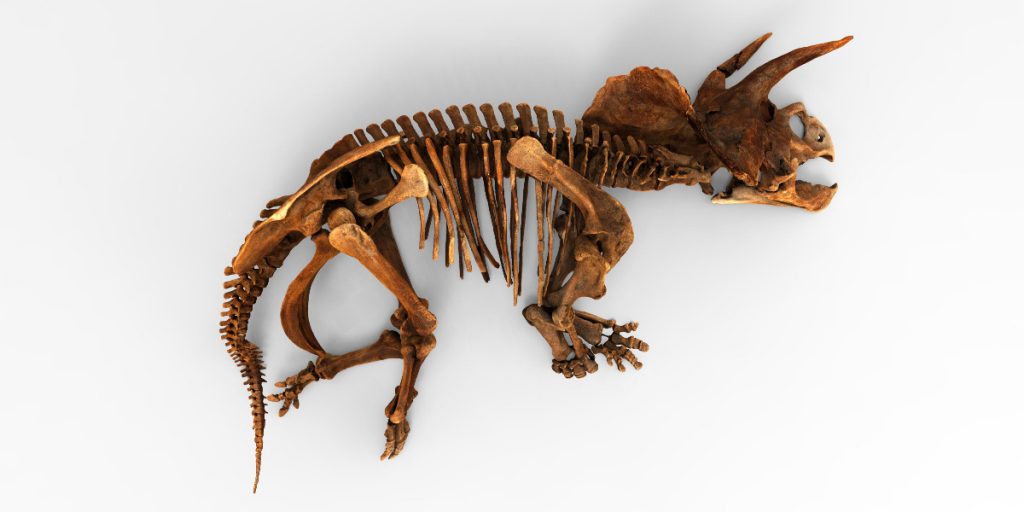AWS Public Sector Blog
Tag: open data
How open source helps governments respond to COVID-19 with speed, scale, and agility
Governments are sharing their technology solutions with other governments through open source tools. These tools are helping state, local, and federal governments respond quicker, and at the scale needed, especially during the COVID-19 pandemic. However, one of the challenges governments face is finding out what open source tools are available. To help public sector customers use open source tools better, AWS launched Open Government Solutions, which aggregates open source projects and assets from public sector entities around the globe for governments at all levels to find, adapt, and reuse. During a panel conversation around the launch, government leaders outlined five key reasons why governments are choosing open source technologies to deliver citizen services.
Improving our knowledge about the oceans by providing cloud-based access to large datasets
As a physical oceanographer focused on remote sensing, Dr. Chelle Gentemann, senior scientist at Farallon Institute, has worked for over 20 years on retrievals of ocean temperature from space. She uses measurements of sea surface temperature from satellites to understand how the ocean impacts our lives. Chelle’s work requires analysis of large volumes of data, which requires access to large data storage and computational resources. Although most large research institutions can secure those IT resources, that is not the case for smaller organizations or underserved communities around the world. As part of the Amazon Sustainability Data Initiative, we invited Dr. Gentemann to share her perspective on the value of hosting high-resolution climate data on AWS.
Himawari-8: Enabling access to key weather data
Last December, AWS announced the expansion of its collaboration with the U.S. NOAA to make environmental data easier to access and use through the Big Data Program. Users can now access new, authoritative NOAA data on AWS without needing to download and store their own copies. Researchers and entrepreneurs can deploy compute resources on-demand in the cloud, perform analysis quickly and efficiently, and save costs by letting researchers ask more questions and experiment more easily. One of the foundational datasets now available on AWS through this collaboration is Himawari-8, the Japan Meteorological Agency’s satellite dataset.
Happy Earth Day: The Fix This podcast April round up
Happy Earth Day! In April, the Fix This podcast focused on how the cloud can help people and organizations further understand human impact on the environment, and help them to achieve their sustainability goals. All episodes are available for streaming and download on Spotify, Apple Podcasts, Google Play, Stitcher, TuneIn, Overcast, iHeartRadio, and via RSS.
Four ways the cloud is boosting government innovation
Innovation is discovery that enables government to do more with less, advance economic and national security, and transform public service. In Government Matters Tech Leadership Series: Innovation, leaders from the United States federal government and AWS discussed how innovation is fueled by the cloud and is helping them achieve their missions and deliver citizen services.
Smithsonian releases 2.8 million images through Smithsonian Open Access Initiative
The Smithsonian Institution announced the availability of more than 2.8 million two- and three-dimensional images and files through the Smithsonian Open Access Initiative. With this initiative, anyone with an internet connection has access to high-resolution media files, the accompanying metadata, and research from the Smithsonian Institution’s 19 museums, nine research centers, and zoo. This Smithsonian dataset is the largest museum collection released to date.
The true value of Earth Observation data…now
A picture of our entire Earth’s surface is taken every day. Such a possibility—or even the concept—would have seemed unfeasible and unaffordable just ten years ago. With continued technology improvements, we are witnessing a rapid increase in the number of miniature satellites capturing Earth observation (EO) data. This data is now accepted by many industries including agriculture, insurance, utilities, and urban planning to deliver actionable insights.
Learning about AWS sustainability datasets at “Code Green” workshop and hackathon
At the 2019 re:Invent conference in Las Vegas, Amazon Sustainability and the Amazon Sustainability Data Initiative (ASDI) hosted a four-hour workshop and hackathon to showcase ASDI’s collection of sustainability-related datasets and new ways to put those datasets to use. Called “Code Green,” the event also introduced conference attendees and participants to geospatial weather and climate data on Amazon Web Services (AWS).
NOAA and AWS expand commitment to increase access to environmental data
Today AWS announced it is expanding its collaboration with the U.S. National Oceanic and Atmospheric Administration (NOAA) to make environmental data easier to access and use. A new agreement with NOAA builds upon the work started when AWS first collaborated with NOAA on the Big Data Project in 2015. Users will now be able to access new, authoritative NOAA data within AWS without needing to download and store their own copies.
Leveraging the cloud for rapid climate risk assessments
Four Twenty Seven builds tools and services that help bring climate data (sourced from government agencies and academic institutions) to public and private organizations so they can better understand their exposure to climate hazards and manage risk in their communities. Four Twenty Seven’s new on-demand scoring application allows users to enter an asset’s location and receive risk scores for each site in real-time.









